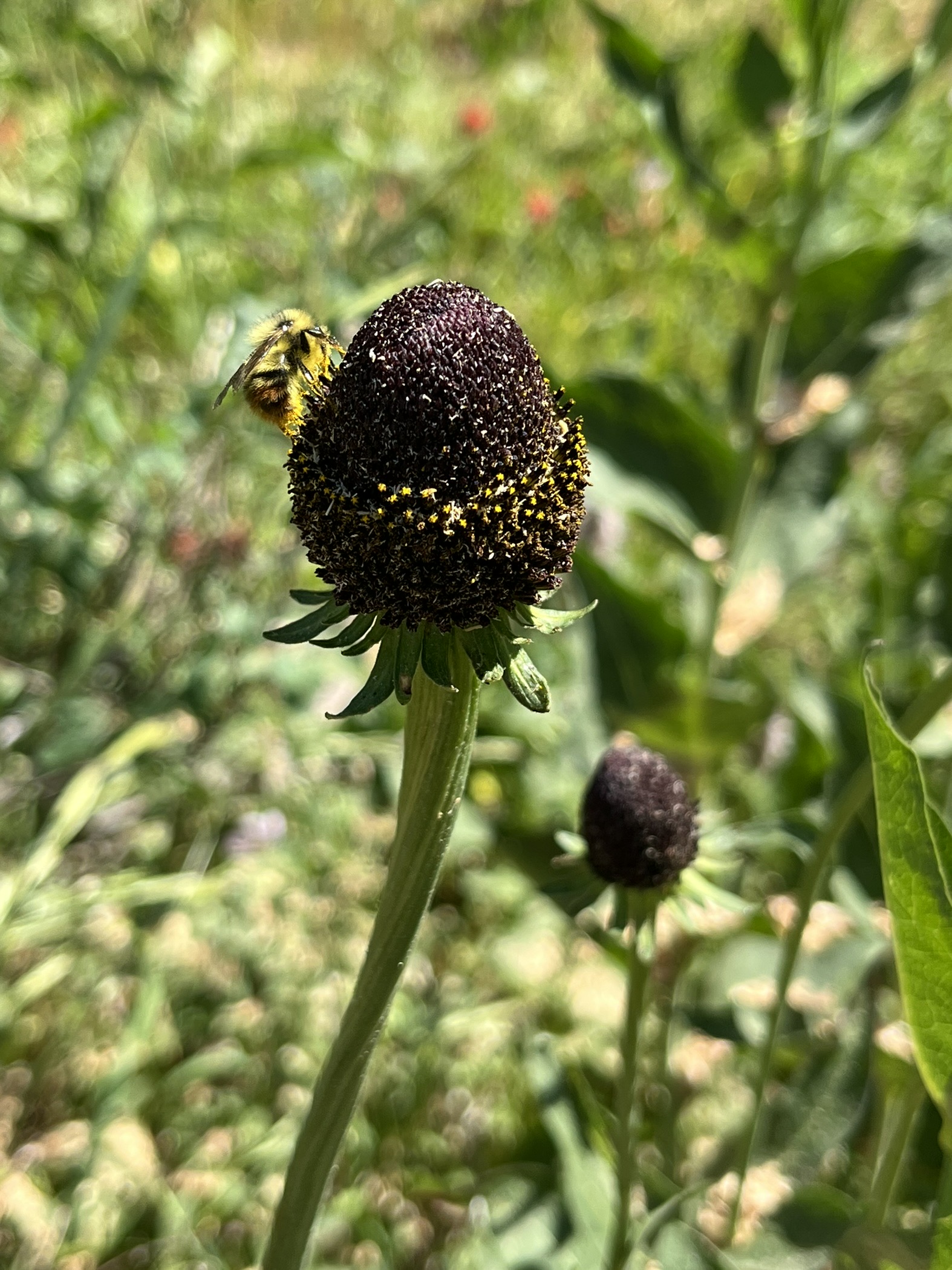
Courtesy & Copyright Shannon Rhodes, Photographer
![Click for a larger view: The Bird [A Mallard Drake] Courtesy & Copyright Shannon Rhodes, Photographer The Bees and the Birds: The Bird [A Mallard Drake] Courtesy & Copyright Shannon Rhodes, Photographer](https://wildaboututah.org/wp-content/uploads/rhodes.shannon.the-bird-min-scaled.jpg) The Bird
The Bird
[A Mallard Drake]
Courtesy & Copyright Shannon Rhodes, PhotographerMarch is a thrilling month to be in an elementary school. Besides fifth grade maturation sessions, shamrocks pop up and many spotlight the impact of Dr. Seuss. Besides green eggs and ham eaten by children wearing tall red and white hats, we read and re-read books filled with fanciful characters and rhymes that roll off the tongue. I learned this year along with my students that Dr. Seuss’s father was the superintendent of parks in Springfield, Massachusetts, so naturally young Theodor took his sketchpad and pencil to observe and record whenever he could. When an animal lost an antler at the zoo, he would use it to craft a sculpture just as whimsical as the imaginative ones in his books. He called them pieces of The Seuss System of Unorthodox Taxidermy and placed them early in his career as promotional advertisements in bookshops. Kangaroo Bird with its teal stripes and pouch-perched hatchling and the Andulovian Grackler’s fur tufts and orange bill intrigue me. He also painted the stunning “The Birds and the Trees” featuring a white flock flying between red and pink palm trees that inspired the Dadake Day in “Oh the Thinks You Can Think.” As we studied Dr. Seuss’s “Did I Ever Tell You How Lucky You Are?” released 50 years ago this year, students noted how many birds appeared in the pages, leading us to do a Seuss bird scavenger hunt, our version of the birding counts chronicled in Mark Obmascik’s “The Big Year: A Tale of Man, Nature, and Fowl Obsession” (that’s f-o-w-l).
I do know I was lucky to teach once on a fifth grade team with a man students called Mr. J. Among many other things, he taught them how to recognize and identify birds. He preserved a time each day to review birds they had learned and add facts about a new species, how it looks, how it sounds, and how it behaves. He could display photographs and even silhouettes; students knew the shapes enough to identify them. He could play short audio clips, and students shouted out the corresponding birds too. I’ve discovered since The Bird Song Hero app that provides a spectrogram showing pitches visually that allow people like me another way to memorize those various bird songs. I remember I popped in the day they were discussing how our loggerhead shrike impales insects, rodents, snakes, and lizards on fences and really anything sharp and off the ground. When we took them on the bus through the Bear River Migratory Bird Refuge, I couldn’t believe my ears as kids with binoculars and without them were confidently shouting, “I see…” and tallying on their clipboards. For weeks that spring I would find students at recess peering up in the sky above the schoolyard doing the same thing. When I marveled at this phenomenon, Mr. J. smiled. “You know, Shannon, it isn’t about the birds. It’s about being aware.”
So often his “It’s about being aware” mantra pops in my head, like it did this week when my students huddled around our class pet cage housing a bee that emerged early from my Crown Bee tube “free-bee” from a recent science-teaching conference. Just like Dr. Seuss’s Bee-Watcher-Watchers, these six- and seven-year-olds eagerly missed romping in the fresh powder playground to watch a bee perched on a strawberry. I’ve done the same thing, standing mesmerized, lost in thought, watching a bee on a western coneflower, repeating the Seuss rhyme “Just tell yourself, Duckie, you’re really quite lucky.”
For Wild About Utah, I’m Shannon Rhodes.
Credits:
Images: Courtesy & Copyright Shannon Rhodes, Photographer
Audio: Courtesy & © Friend Weller, https://upr.org/
Text: Shannon Rhodes, Edith Bowen Laboratory School, Utah State University https://edithbowen.usu.edu/
Additional Reading Links: Shannon Rhodes
Additional Reading:
Wild About Utah Pieces by Shannon Rhodes, https://wildaboututah.org/author/shannon-rhodes/
The Art of Dr. Seuss Collection. The Birds and the Trees. https://www.drseussart.com/the-birds-and-the-trees
The Art of Dr. Seuss Collection. The Bee-Watcher. https://www.drseussart.com/illustration-art/the-bee-watcher
The Art of Dr. Seuss Collection. The Seuss Collection of Unorthodox Taxidermy. https://www.drseussart.com/taxidermy
Bird Song Hero. https://academy.allaboutbirds.org/features/bird-song-hero/bird-song-hero-tutorial
Cane, Jim. The Native Bees of Utah. July 7, 2011. Wild About Utah. https://wildaboututah.org/the-native-bees-of-utah/
Kervin, Linda. Shrikes. October 31, 2013. Wild About Utah. https://wildaboututah.org/shrikes/#:~:text=Utah%20has%202%20species%20of,with%20their%20thick%20hooked%20bill .
Newberry, Todd & Holtan, G. (2005). The Ardent Birder: On the Craft of Birdwatching. Random House LLC. https://www.amazon.com/Ardent-Birder-Birdwatching-Newberry-2005-10-01/dp/B01FGJKGUS?asin=1580087159&revisionId=&format=4&depth=1
Obmascik, Mark. The Big Year. https://www.markobmascik.com/books/ and https://www.audubon.org/content/mark-obmascik
Seuss, Dr. Did I Ever Tell You How Lucky You Are? (1973). New York: Random House.https://www.penguinrandomhouse.com/books/42980/did-i-ever-tell-you-how-lucky-you-are-by-dr-seuss/
Seuss, Dr. Oh the Thinks You Can Think. (1975). New York: Random House.https://www.penguinrandomhouse.com/books/43101/oh-the-thinks-you-can-think-by-dr-seuss/
